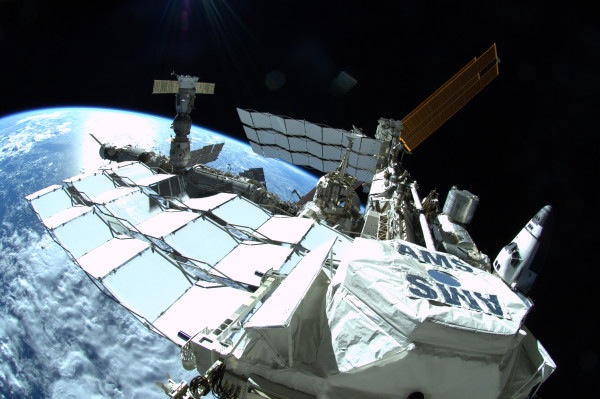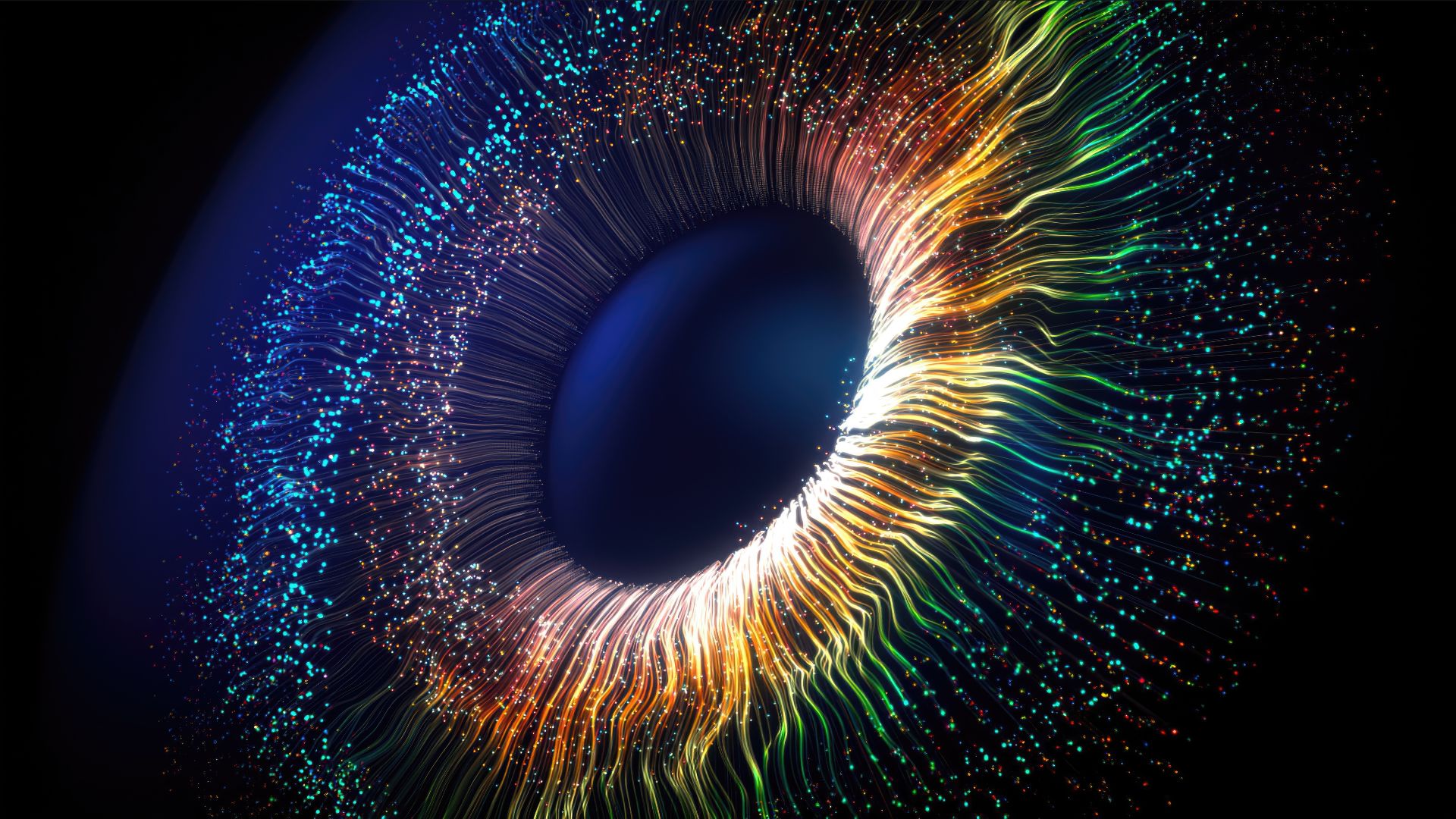protons
Latest about protons

Futuristic, 'alien-like' nuclear fusion rockets developed in total secret could revolutionize space travel — if they actually work
By Harry Baker published
U.K. start-up Pulsar Fusion has unveiled plans to build a fleet of reusable nuclear fusion-powered rockets, known as Sunbirds, that could cut journey times across the solar system in half. But not everyone is convinced.
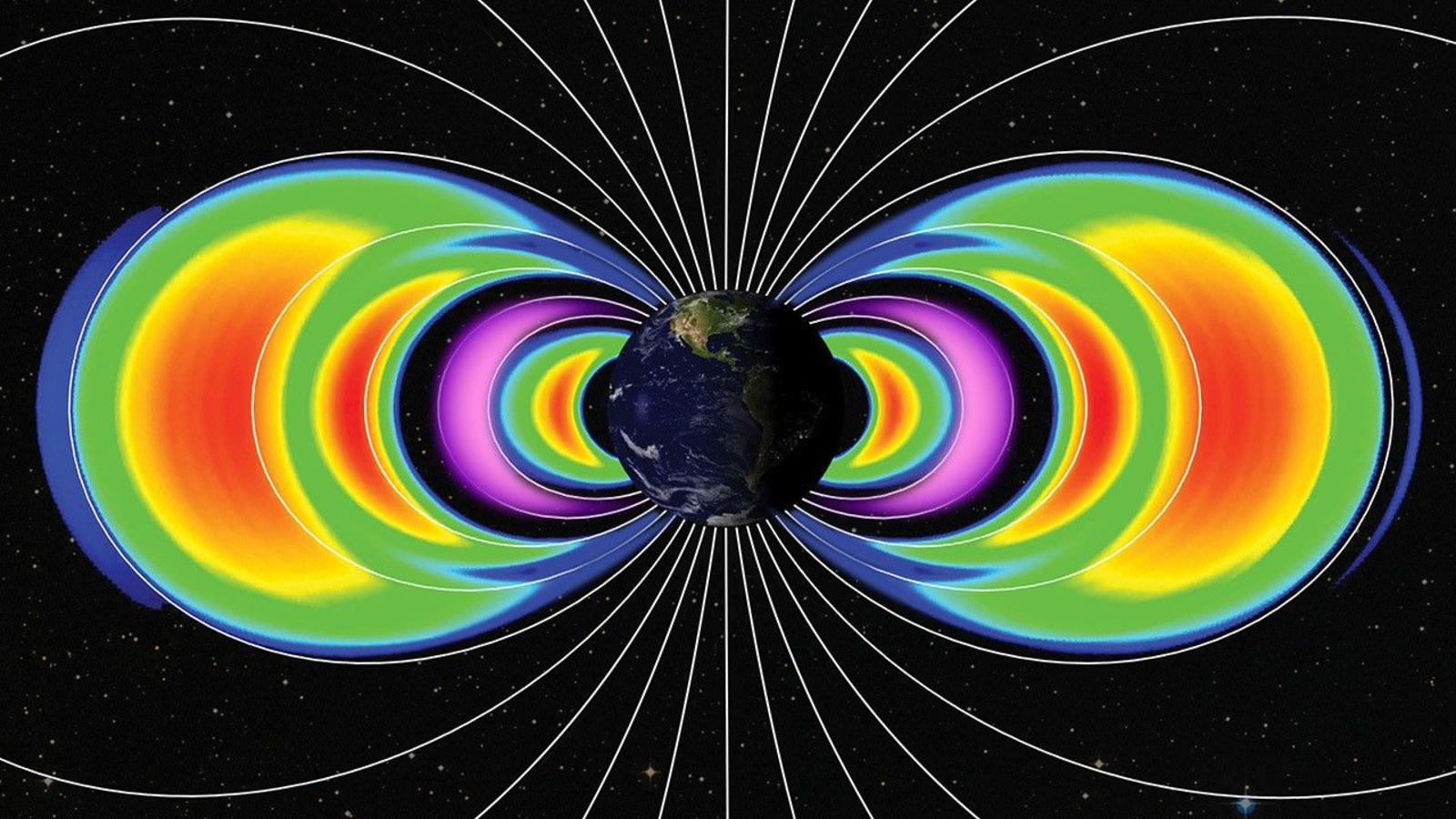
Earth grew an extra, never-before-seen 'radiation belt' after last year's supercharged solar storm — and it's probably still there
By Harry Baker published
Data collected from a once-defunct NASA satellite show that Earth grew two extra radiation belts following a supercharged geomagnetic storm in May 2024, including a never-before-seen structure that is "likely still there today," researchers say.
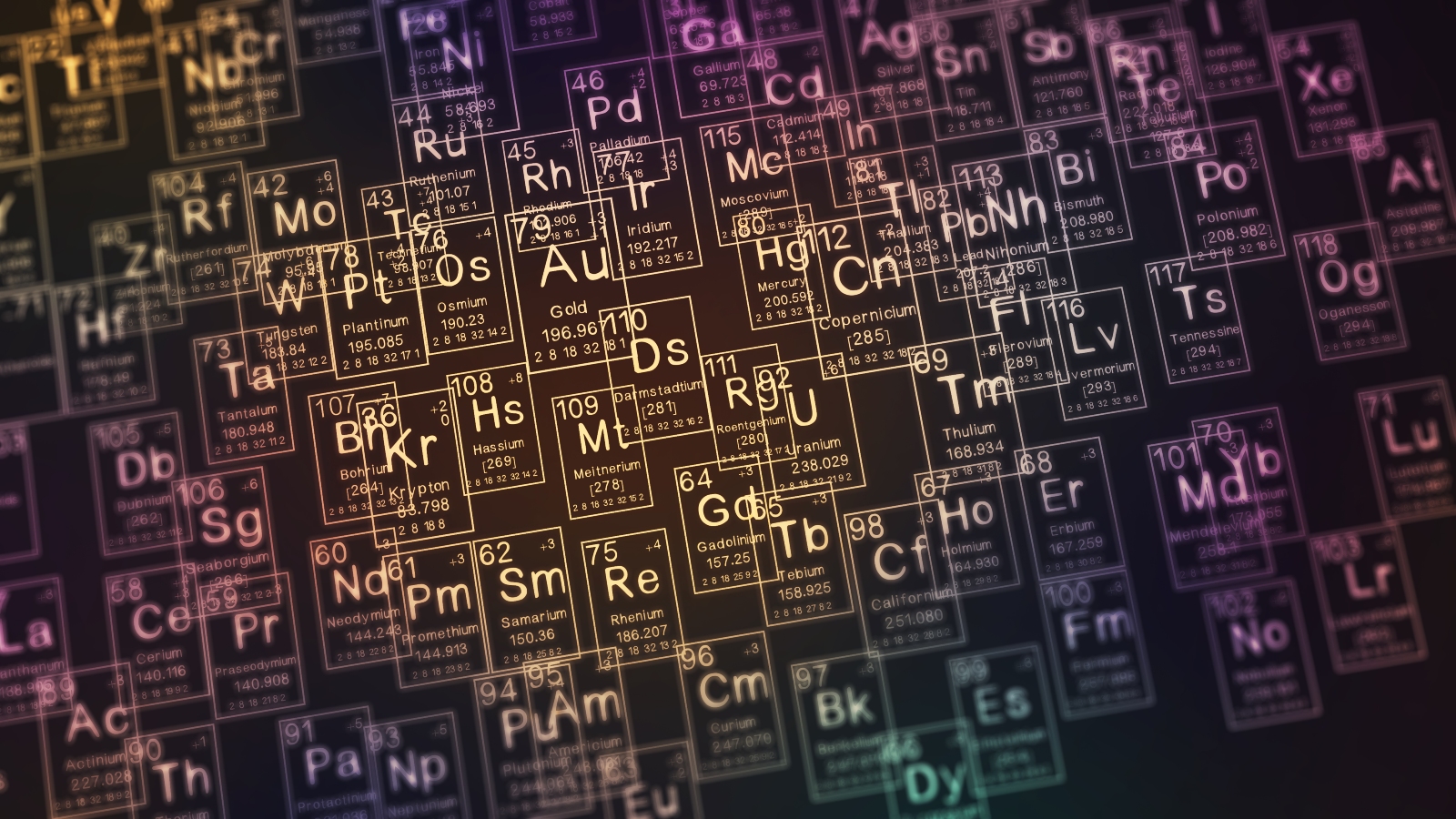
Scientists just got 1 step closer to creating a 'superheavy' element that is so big, it will add a new row to the periodic table
By Harry Baker published
Scientists have discovered a new way of creating superheavy elements by firing supercharged ion beams at dense atoms. The team believes this method could potentially help synthesize the hypothetical "element 120," which would be heavier than any known element.

Rare, mystery blasts from sun can devastate the ozone layer and spike radiation levels on Earth
By Alan Cooper, Pavle Arsenovic published
The vibrant auroras from earlier this year have a darker side that scientists are still uncovering.
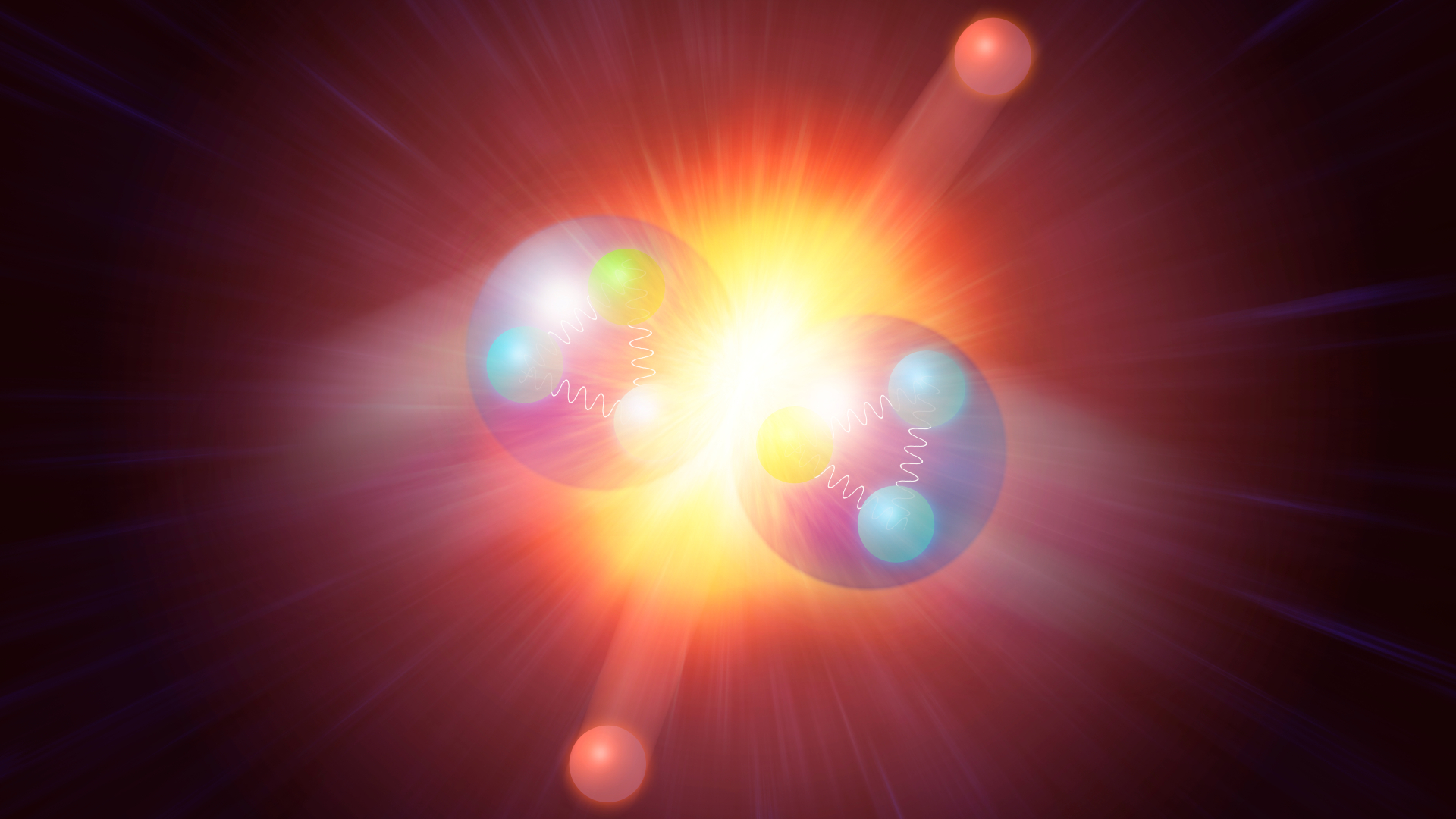
What is the strong force?
By Jim Lucas published
Reference The strong force is one of the four fundamental forces of nature. Learn how it fits into the Standard Model of particle physics.
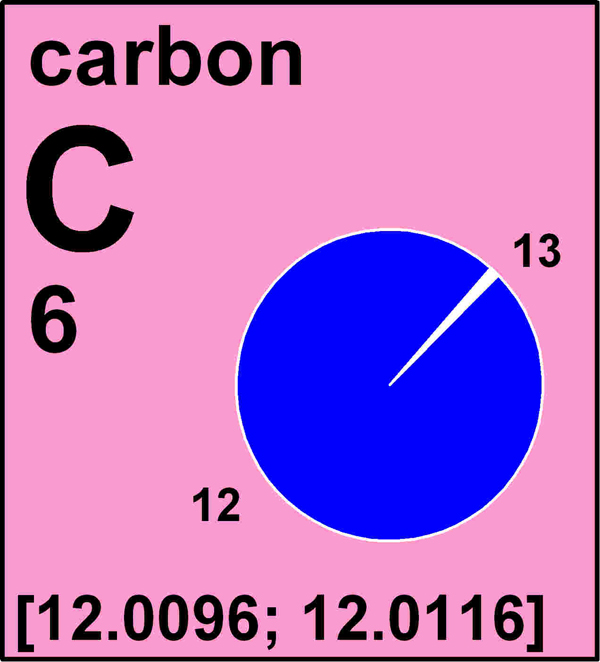
Elemental Shift: Periodic Table Gets Weight Changes
By Charles Q. Choi last updated
Ten elements that help make up the universe, including carbon, are getting their very atomic weights altered.

Large Hadron Collider breaks new record only days after it reopens
By Scott Dutfield published
It only took the LHC days to break its own record after it reopened.

Scientists create weird pumpkin-shaped nucleus that vanishes in nanoseconds
By Stephanie Pappas published
A newly created isotope of the silvery metal lutetium has a strange squashed nucleus and a half-life of just a few hundred nanoseconds.
Sign up for the Live Science daily newsletter now
Get the world’s most fascinating discoveries delivered straight to your inbox.

